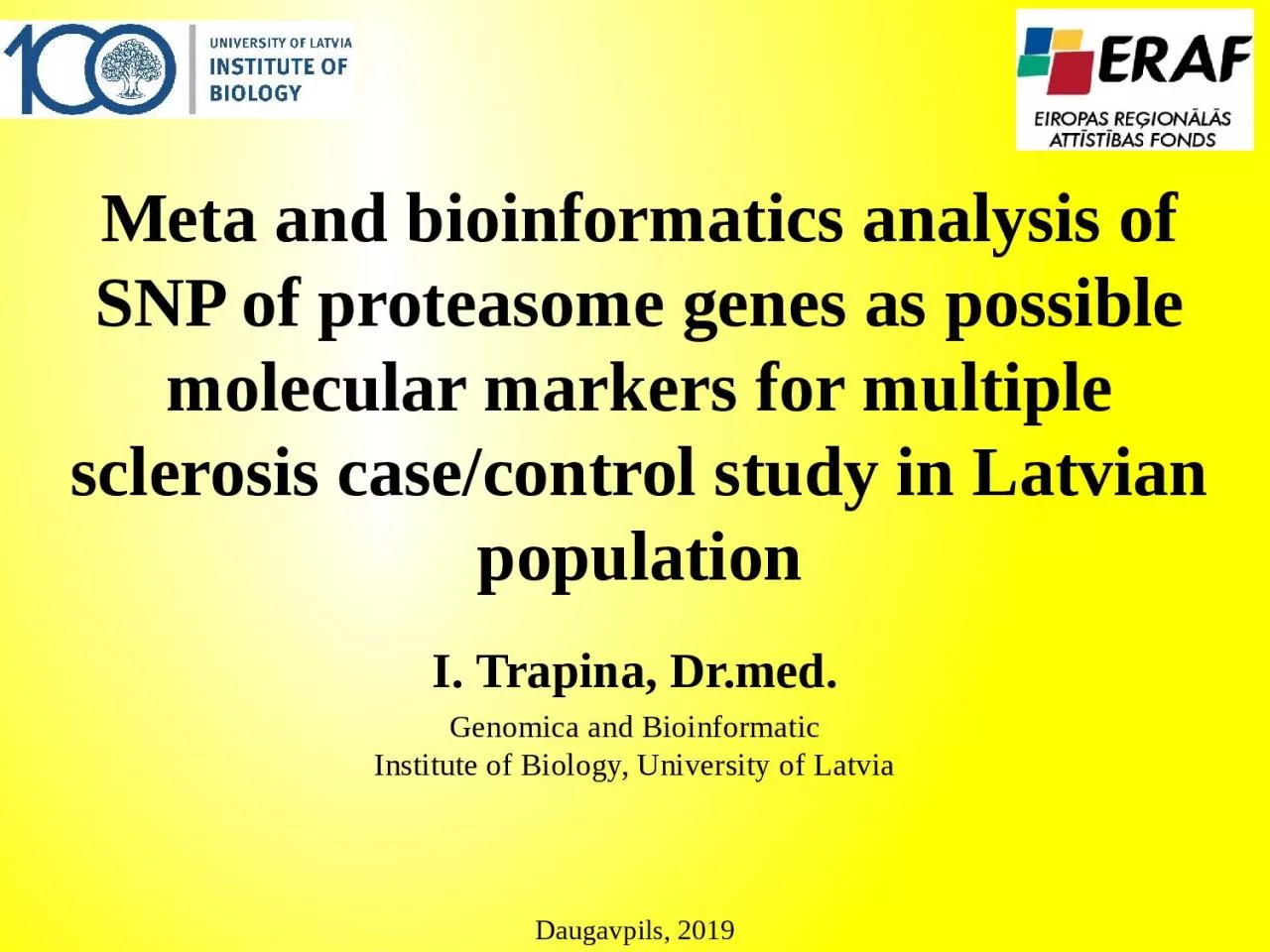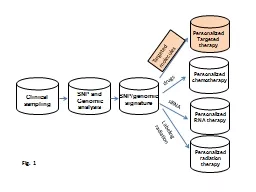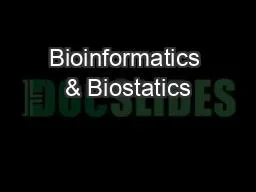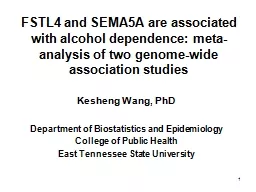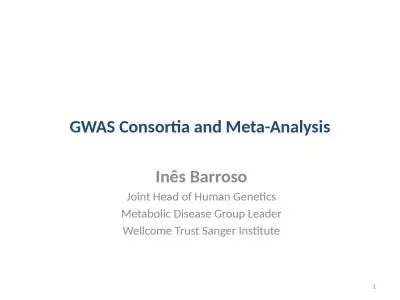PPT-Meta and bioinformatics analysis of SNP of proteasome genes as possible molecular markers
Author : ashley | Published Date : 2024-02-09
Daugavpils 2019 I Trapina Drmed Genomica and Bioinformatic Institute of Biology University of Latvia Multiple sclerosis Multiple sclerosis MS involves an immunemediated
Presentation Embed Code
Download Presentation
Download Presentation The PPT/PDF document "Meta and bioinformatics analysis of SNP ..." is the property of its rightful owner. Permission is granted to download and print the materials on this website for personal, non-commercial use only, and to display it on your personal computer provided you do not modify the materials and that you retain all copyright notices contained in the materials. By downloading content from our website, you accept the terms of this agreement.
Meta and bioinformatics analysis of SNP of proteasome genes as possible molecular markers: Transcript
Download Rules Of Document
"Meta and bioinformatics analysis of SNP of proteasome genes as possible molecular markers"The content belongs to its owner. You may download and print it for personal use, without modification, and keep all copyright notices. By downloading, you agree to these terms.
Related Documents

